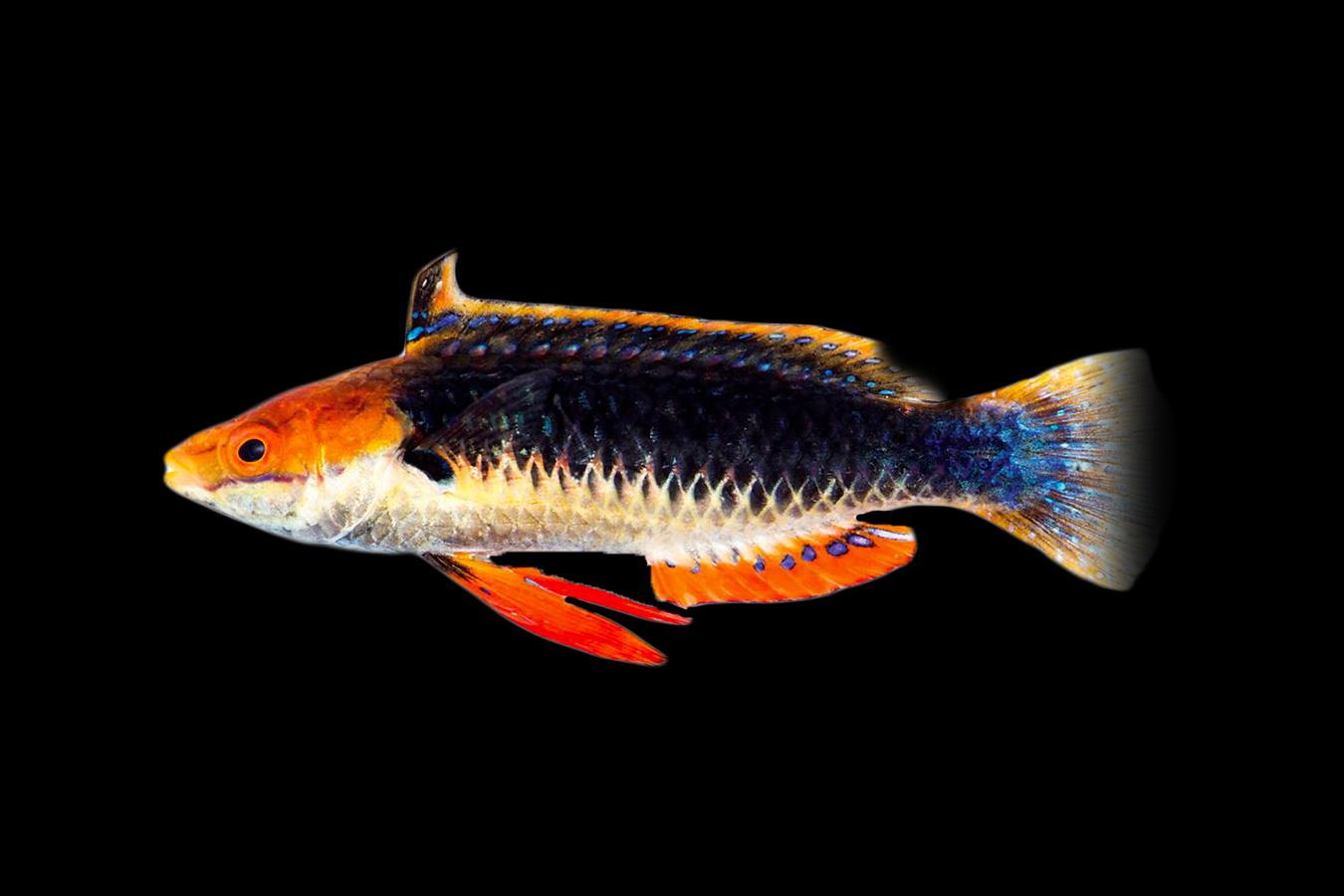Related products
Monsoon Fairy Wrasse
Please Note: Due to variations within species, your item may not look identical to the image provided. Approximate size range may also vary between individual specimen.
Deep dive >
Quick Stats
- Dietry Requirements
- Compatible With
- Maximum Fish Size (cm)
- Minimum Tank Size (L)
- Same Species Aggression
- Other Species Aggression
- Care Requirements
The Monsoon Fairy Wrasse will thrive in either a fish only or reef aquarium of 75 litres or larger. It needs a shaded area away from the bright lights. They will not bother corals or invertebrates, making them an ideal fish for the reef aquarium. These wrasse like to jump, so a tight-fitting canopy is recommended.
The Monsoon Fairy Wrasse diet should include vitamin enriched frozen mysis shrimp, brine shrimp, and other meaty foods along with a high-quality marine flake and pellet food.

